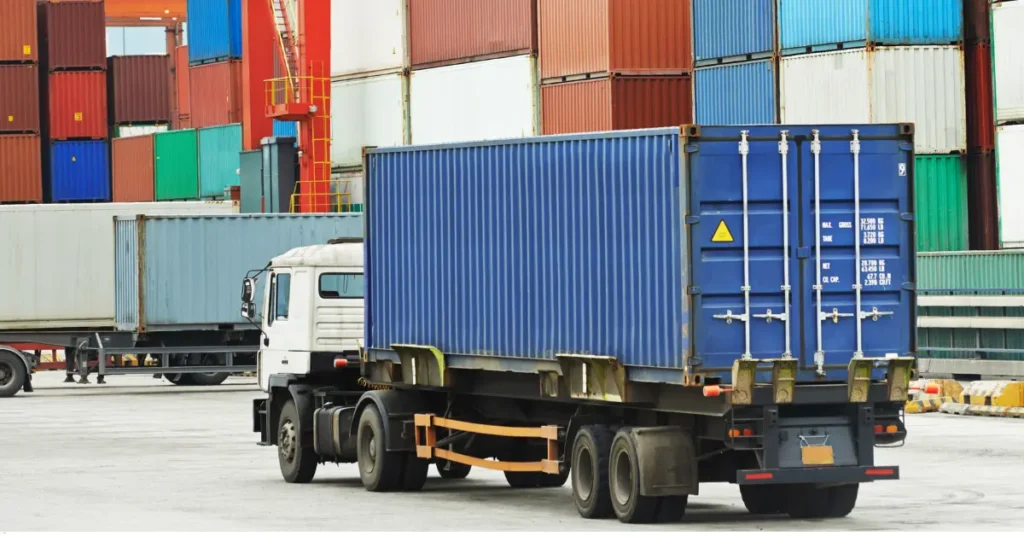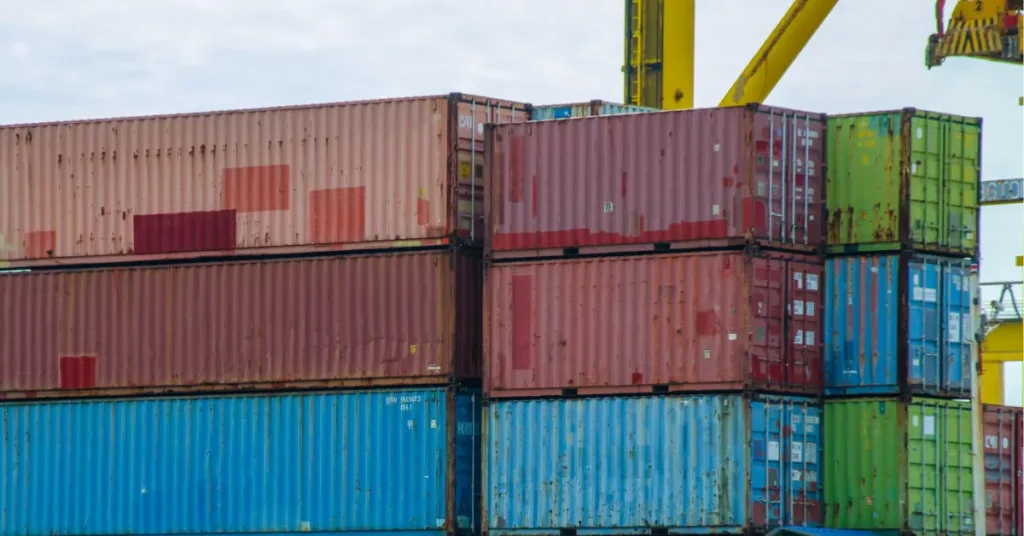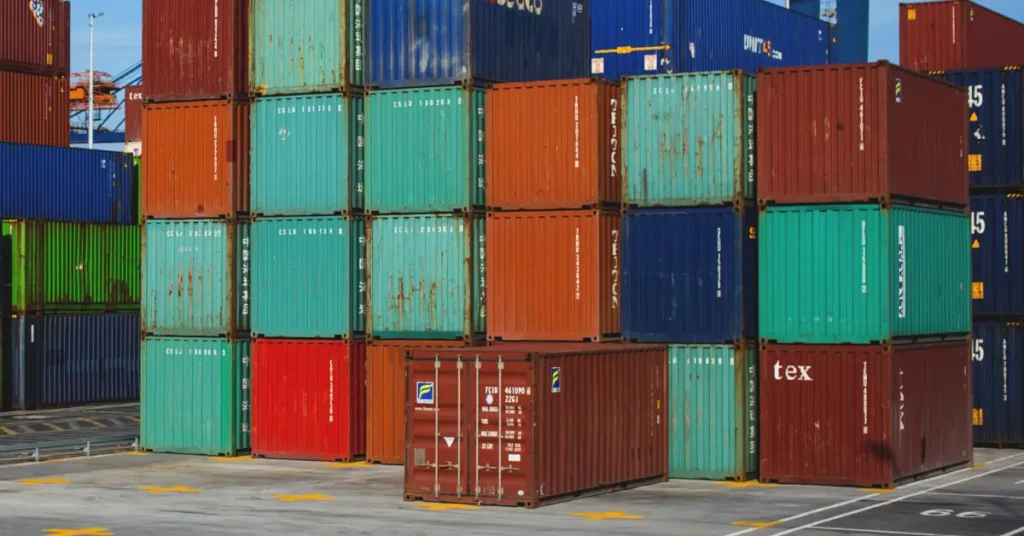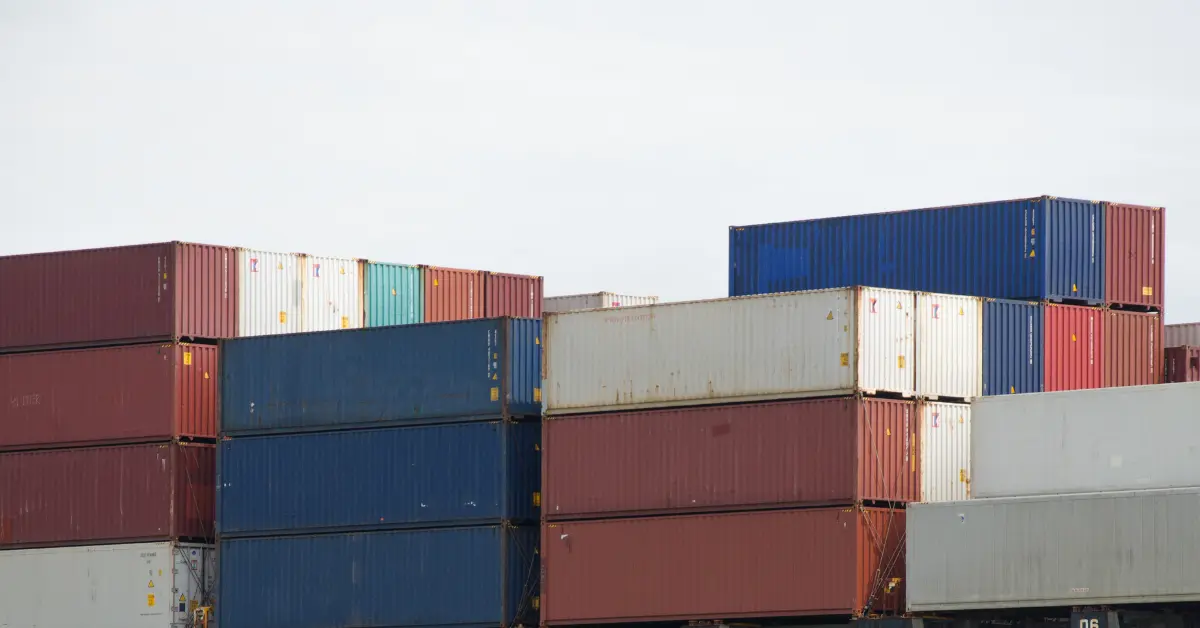Onsite storage containers are large, portable boxes used for storing various items securely at a business location. Typically made from durable materials like steel, these containers offer a robust solution for businesses looking to manage space efficiently while ensuring their assets are well-protected. The versatility of an onsite storage container means it can be used across different industries for various purposes, from temporary storage during office renovations to long-term solutions for excess inventory.

Advantages of Onsite Storage Containers
Enhanced Security Features
Secure onsite storage containers offer unparalleled protection for business assets. These containers are meticulously constructed from durable, high-strength materials such as reinforced steel, which is highly resistant to physical damage, weathering, and attempts at unauthorized entry. Advanced locking mechanisms, including electronic locks that can be programmed with key codes or biometric data, offer an additional layer of security.
To further bolster the security measures of onsite storage containers, businesses can incorporate state-of-the-art surveillance and alarm systems. Installing CCTV cameras provides real-time monitoring of the containers and the surrounding area, creating a visual deterrent for potential intruders and aiding in the identification and prosecution of trespassers. Alarm systems can be configured to alert local security personnel or law enforcement agencies immediately upon detecting unauthorized access. This integration of technology not only enhances security but also allows for remote management, enabling business owners to monitor their assets from anywhere.
Convenience and Accessibility
One of the main advantages of onsite storage container rental is the convenience they provide. Positioned directly at the business site, these containers allow easy access to stored items without the need for significant planning or travel to offsite locations. This accessibility is particularly beneficial for businesses that need to quickly adapt to market changes or project demands by having immediate access to inventory, equipment, or files.
Flexibility in Rental Terms
Onsite storage container rental services offer a variety of terms that can adapt to the unique needs of any business. Whether a company requires a storage solution for a few weeks during a renovation, several months for a project, or permanently, rental companies provide flexible contract terms. Because of this flexibility, organizations may profit from the extra capacity while successfully managing expenses by only paying for the storage they require, when they require it.
Cost-Effectiveness Compared to Other Options
Using onsite storage containers is often more cost-effective than other storage solutions, such as off-site warehouses or building additional permanent structures. the rental or purchase costs of off-site spaces can be prohibitively expensive, particularly in urban areas where real estate prices are high. In contrast, onsite containers eliminate these transportation and high facility costs. They are typically available for a one-time purchase or a manageable rental fee, and since they are stationed directly at the business location, they are a smart choice for business storage options.
These containers also offer significant savings in terms of setup and maintenance costs compared to constructing new permanent structures. Building expansion involves a range of expenses, from architectural design and construction materials to labor costs and extended project timelines. Permanent structures usually incur ongoing property taxes and increased insurance premiums. Storage containers, on the other hand, can be quickly deployed and require minimal setup. They do not generally necessitate building permits, and being temporary structures, they rarely affect property tax rates.
Diverse Applications of Onsite Storage Containers
Storing Excess Inventory
For businesses that experience seasonal peaks or have fluctuating inventory needs, large onsite storage containers provide an ideal solution. These units offer ample space, protecting surplus stock from environmental damage and unauthorized access while keeping it readily accessible. Manufacturers and distributors can benefit greatly from the flexibility offered by these containers, allowing them to efficiently manage inventory levels without overcrowding their primary facilities.
Safeguarding Valuable Equipment
Many industries rely on expensive machinery and equipment that may not be used daily but need to be kept on hand and in good condition. Storage containers for businesses offer a secure environment for such assets, protecting them from weather elements, theft, and vandalism. This is particularly beneficial for agriculture and landscaping businesses, where equipment integrity directly impacts operational capacity.
Specialized Use Cases in Different Industries
They also offer a versatile solution that adapts to the distinct demands of different industries, each capitalizing on the benefits of portable, secure storage right at their locations. These containers not only facilitate operations by providing extra space but also enhance efficiency by keeping necessary items readily accessible. Here’s how various sectors utilize these containers:
- Retail: During peak shopping seasons or special promotional events, retail businesses often need additional space that is flexible and accessible. Onsite storage containers serve as temporary pop-up stores or extra stock storage rooms, allowing businesses to expand their display area and manage inventory overflow effectively. With its cost-effective answer for seasonal variations in stock requirements, this system facilitates increased customer foot traffic without requiring permanent extension.
- Healthcare: In the healthcare industry, quick access to medical supplies and equipment can be crucial, especially during emergencies. Onsite storage containers placed near hospitals or clinics act as supplementary storage spaces where vital medical items can be securely stored yet remain immediately accessible. This use of containers ensures that healthcare facilities can handle an influx of patients efficiently, with essential supplies like personal protective equipment, medicines, and surgical tools at hand.
- Hospitality: The hospitality sector often requires additional storage for excess furniture, decor, and seasonal items to maintain an uncluttered and welcoming environment. Onsite storage containers provide a secure and convenient option for hotels, resorts, and restaurants to store these items temporarily, especially during off-seasons or renovation periods. By using these containers, facilities can swiftly change their aesthetics and functionality to suit different themes or events without compromising space within the main areas.
- Education: Schools and universities frequently utilize onsite storage containers during periods of renovation or for special outdoor events. These containers offer a secure place to store educational materials, sports equipment, and furniture, safeguarding them from damage and theft. Additionally, they provide flexible, movable storage solutions that can be easily relocated around campus as needs change, supporting the dynamic environment of educational institutions.
Film and television production companies also benefit from onsite storage containers for construction sites, using them to store props, costumes, and equipment close to shooting locations to minimize downtime and enhance efficiency. Whether for temporary or long-term use, these containers continue to be a vital asset for industries looking to optimize their operations and manage space effectively.

Types and Sizes of Onsite Storage Containers
Standard Container Sizes
The most commonly used business storage containers come in a variety of standard sizes to meet the general needs of most businesses. These containers are specifically designed to accommodate a variety of storage demands, providing a robust solution that can adapt to different operational needs and spatial constraints.
- 10 feet: This compact container size is especially useful for small businesses or temporary projects that need to store items like office supplies, documents, or small pieces of furniture. Measuring 10 feet in length, these containers are easy to place in limited spaces such as behind buildings or in small lots. They provide a safe and dry environment for items that are sensitive to environmental conditions, helping businesses to maintain organization and efficiency without requiring a large footprint.
- 20 feet: A 20-foot container offers a perfect balance between size and functionality. It is ideally suited for businesses that have outgrown the smallest size but do not require the largest one. These units can comfortably store larger pieces of office equipment, moderate amounts of retail inventory, or bulky items that need protection from theft and weather. The versatility of a 20-foot container makes it one of the most popular choices for medium-sized storage needs, as it provides ample space without being overly cumbersome.
- 40 feet: For businesses that handle large-scale operations or need to store high volumes of products, a 40-foot storage container is indispensable. These containers can accommodate large furniture sets, extensive retail inventories, and bulky machinery. They are often used in industries such as construction, where storing large tools and equipment securely on-site is crucial. The size and durability of these containers also make them ideal for conversions into office spaces, workshops, or even temporary housing solutions, offering an excellent return on investment through their multifunctionality.
The adaptability of these containers to various business scenarios underscores their importance in modern commerce.
Specialized Containers for Specific Needs
Beyond standard sizes, there are specialized onsite storage containers designed to serve specific industry needs. For instance, in industries such as food service and pharmaceuticals, where temperature control is crucial for maintaining the integrity of perishable goods, containers equipped with built-in refrigeration systems are indispensable. These refrigerated units are designed to maintain constant temperatures, regardless of external weather conditions. They include insulation and specialized refrigeration machinery that can be precisely controlled to suit the storage needs of everything from fresh produce and dairy products to sensitive medications and vaccines that require stringent temperature regulations to remain effective and safe for use.
The adaptability of onsite storage containers allows for other specialized modifications to meet diverse operational needs. Containers can be converted into mobile office spaces or temporary workshops, complete with electrical wiring, plumbing, and necessary fixtures. This versatility makes them an attractive choice for sectors like construction and event management, where onsite offices and operational bases need to be established quickly and moved frequently. Environmental control features can be added, such as ventilation systems or humidity controls, to create optimal conditions for equipment storage, such as for sensitive electronic components or archival materials that might degrade under adverse conditions.
Customizable Features and Options
Many onsite storage containers offer customizable features to better suit specific business requirements. One such feature is interior lighting, which is crucial for containers used in environments with limited natural light or for operations that extend into the night. Effective lighting transforms a basic storage unit into a more functional workspace, enabling workers to safely and efficiently access materials at any time. LED lighting options, known for their energy efficiency and long lifespan, are particularly popular. They can be installed in a variety of configurations, from overhead panels to strategically placed task lighting, ensuring that every corner of the container is well-lit, thus enhancing usability and safety.
For businesses requiring frequent and easy access to stored items, roll-up doors can be an invaluable feature. Unlike traditional swing doors, which require additional space and can be cumbersome to operate in tight spaces, roll-up doors save on space and allow for quick and easy access to the container’s contents. This type of door is especially beneficial in high-traffic environments or when large items need to be moved in and out frequently. Some containers can be equipped with multiple doors or even doors on both ends, facilitating a more versatile and efficient workflow by allowing for drive-through capabilities in logistics operations.
Partitions within containers offer another layer of customization, providing businesses the ability to organize and separate different types of materials within the same space. This is particularly useful for businesses that store a variety of goods that must be kept apart, such as chemicals that might react if mixed, or simply to keep inventory neatly organized. These partitions can be made of various materials, including wood, metal, or durable plastics, depending on the needs and the nature of the stored materials. They can also be designed as adjustable or removable, offering flexibility as storage needs change over time.

The strategic use of onsite storage containers can transform how businesses manage their space and assets. Whether it’s for temporary storage during peak periods, secure storage of sensitive materials, or supporting ongoing construction projects, these containers offer a versatile and reliable solution that is hard to match with other storage options. Businesses looking to optimize their operations should consider how integrating these containers into their logistics and storage strategies could lead to better overall efficiency and cost savings. The initial investment in an onsite storage solution pays dividends by enhancing operational flexibility and providing peace of mind through secure and accessible storage facilities.

 Receive a Quick Quote
Receive a Quick Quote


 ” -Zachary
” -Zachary